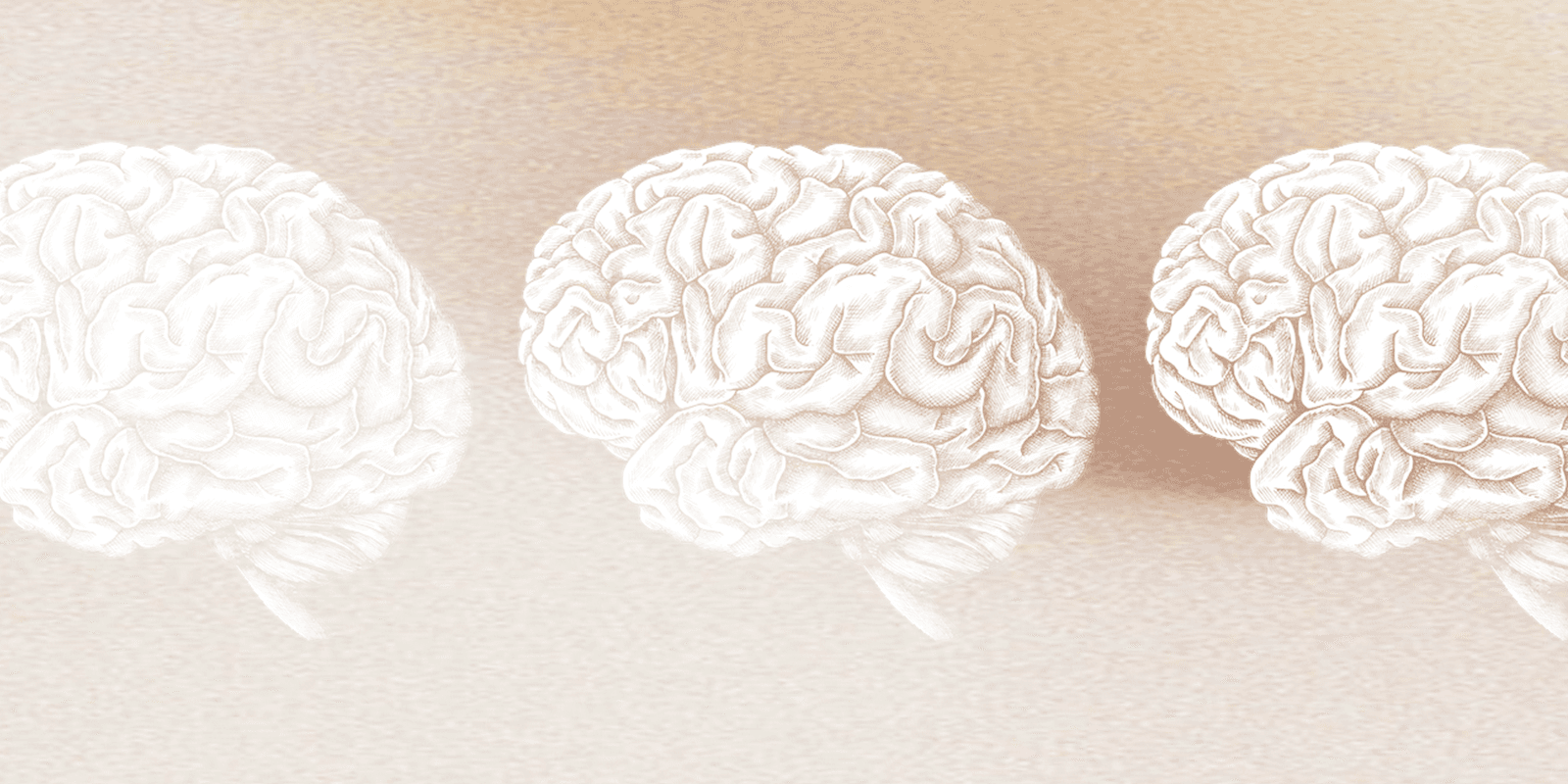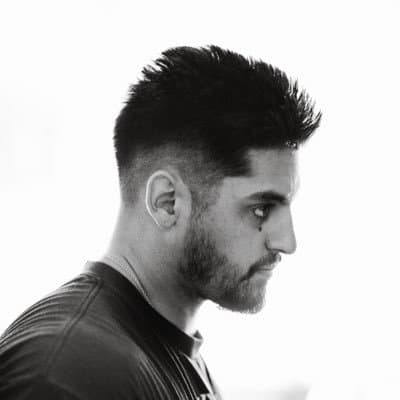How To Use Psychology To Improve Your Conversion Rate
Dan Ariely gave a presentation that broke down the psychology behind The Economist’s pricing structure.
The Economist used to have three price points:
- Online: $59
- Print-Only: $125
- Print & Web: $125
Looking at it, the print-only option looks pointless.
But, it’s not.
Dan Ariely led a study where he gathered 100 MIT students and presented them with two different pricing options.

He presented the first 100 students with the current pricing structure:
- 16% said they’d purchase the online only option
- 0% said they’d purchase the print only option
- 84% said they’d purchase the online and print option
But, when Dan Ariely eliminated the middle option and presented it to another 100 students - the results changed:
So, what was the most popular option became the least desired option.
Now:
- 68% wanted the online only option
- 32% wanted the print & online option
So, what seemed useless was useful in helping consumers determine what they wanted.

Because the middle option served as a decoy to make the premium purchase look like an unbeatable deal.
This is called The Decoy Effect.
But here’s how to make it even better.
Harry Molyneux asked a great question on Twitter, “Can you guess the winning test variant?”
And one of the variants is more than $20k per month more valuable than the other.
Here are the options:

The correct answer is B.
Here’s why:
- Shifting the best value offer to the right while using an eye-catching color
- Displaying the comparison price larger than the discounted price
- Displaying the price per day minimizes the mental cost

So, Putting It All Together:
- Use the decoy effect to help consumers determine what they want
- Add a middle option that makes the premium purchase seem like a great deal
- Use a different color to make the premium purchase eye-catching
- Make the comparison price or original price much larger than the discounted cost
- Minimize the mental costs by adding a price per day that shrinks the cost with logic


